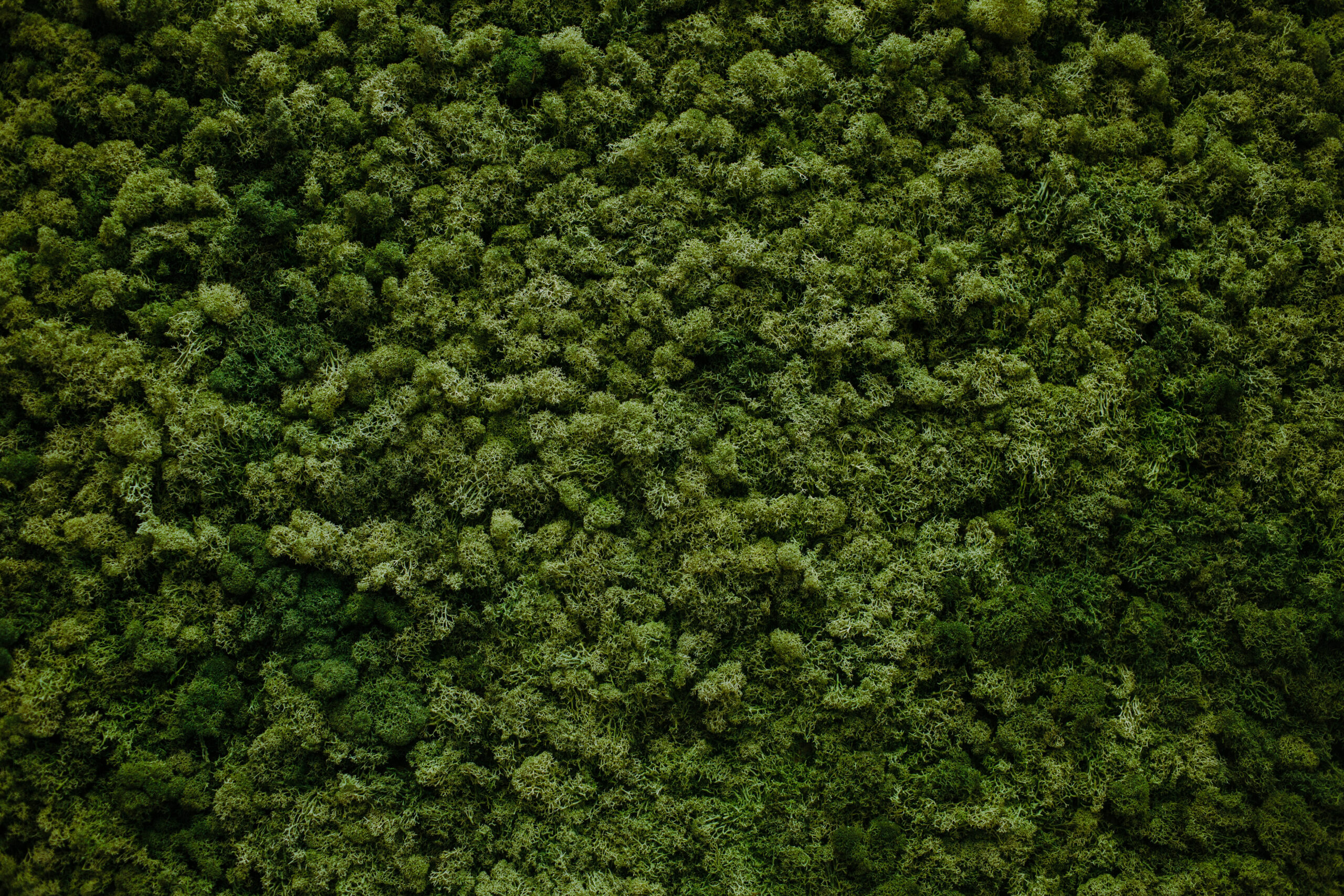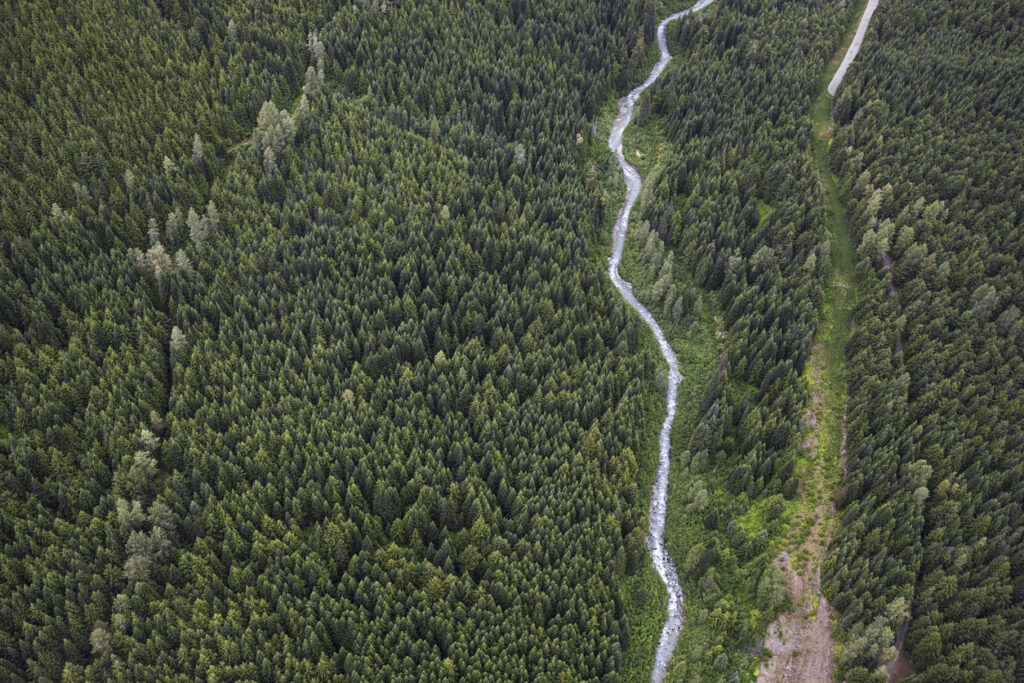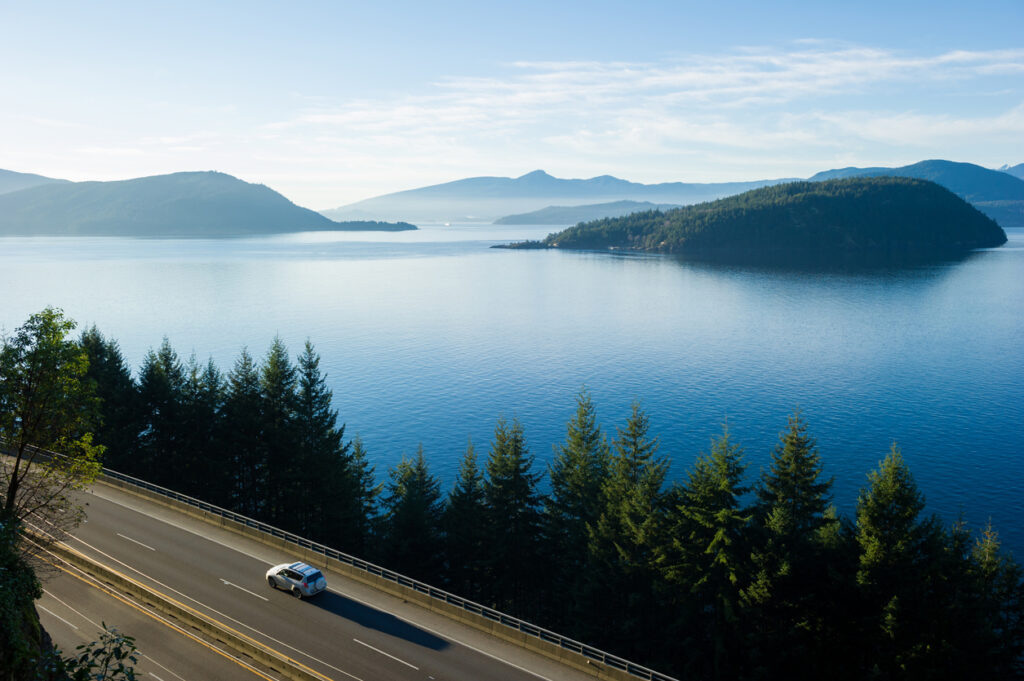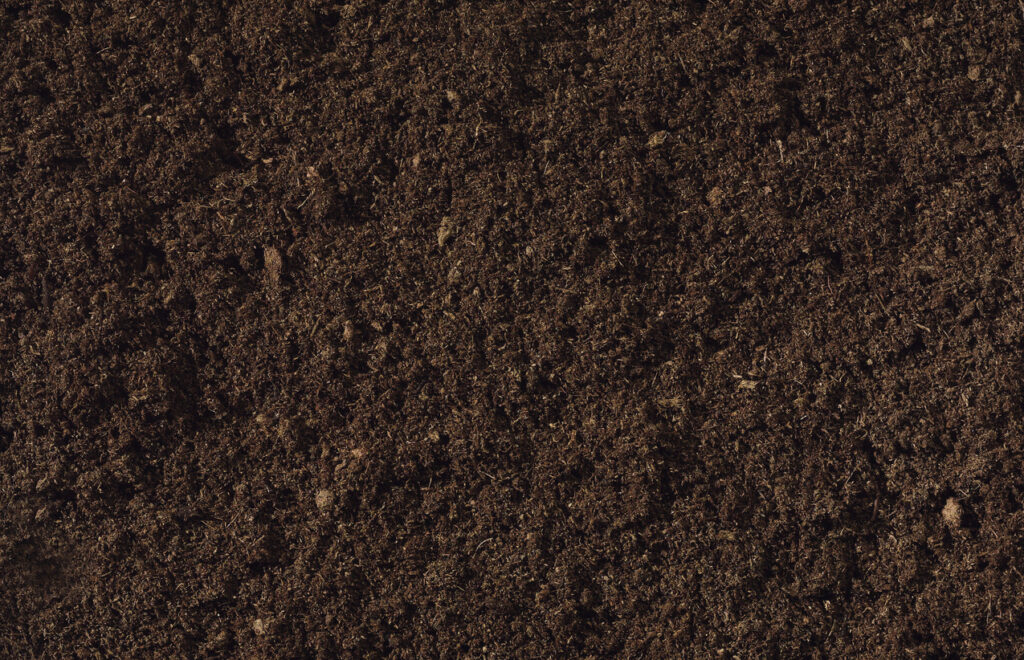Carbon can also be stored in soil. Plants naturally absorb carbon from the atmosphere. Some of this carbon is used to grow plant stems, leaves, and flowers. But some of this carbon is released by plant roots as a sugary substance into the soil. Even more carbon is released into the soil when plants and animals die and are buried. That carbon is eaten by soil microbes. If the microbes are undisturbed, they can trap carbon in the soil for thousands of years.
Right now, farming and raising animals produce a lot of carbon in British Columbia. This might change with more research into better farming techniques and adoption of better farming practices. In the Prairies, more carbon is stored in soil than is produced by farming. This is because of how farmers prepare the land for planting, how they use fertilizers, what crops they plant, and how they treat the forest after harvest. Scientists hope that by protecting soil microbes, agriculture can help soil trap more carbon while also allowing crops to grow better.
Artificial carbon storage
Engineers and scientists are working on new technology to artificially trap carbon. Some of these ideas focus on capturing carbon as it is emitted from sources like factories and cars. Other ideas focus on absorbing carbon from the atmosphere. BC has recently started to investigate the storing of captured carbon deep underground. This process is called geologic carbon sequestration.
“The most popular thing to do is to inject it underground, where depending on the rock formation, it starts to form carbonates.” says Ellis. “It starts to become a part of a rock underground, which is a slow process.”
If carbon is injected underground in the right sort of rock formation, it can be trapped and stay underground. Carbon can be injected into porous rocks like sandstone that have holes. This allows liquids and gasses like water, oil, gas, and liquid carbon to travel through the rock. However, these porous rocks need to have a solid rock like granite on top of them to keep the gas from rising back to the surface. If the carbon is successfully trapped underground for very long times, it will react with the surrounding ground to create new carbon-rich rocks like limestone. The best places to store carbon are oil and gas reservoirs, salt caverns, salty underground aquifers, and the same places where we find coal.
Carbon capture and sequestration technologies are promising, but they are also very expensive. The best technique to slow climate change is to reduce how much carbon we produce.
Subscribe to our newsletter!



